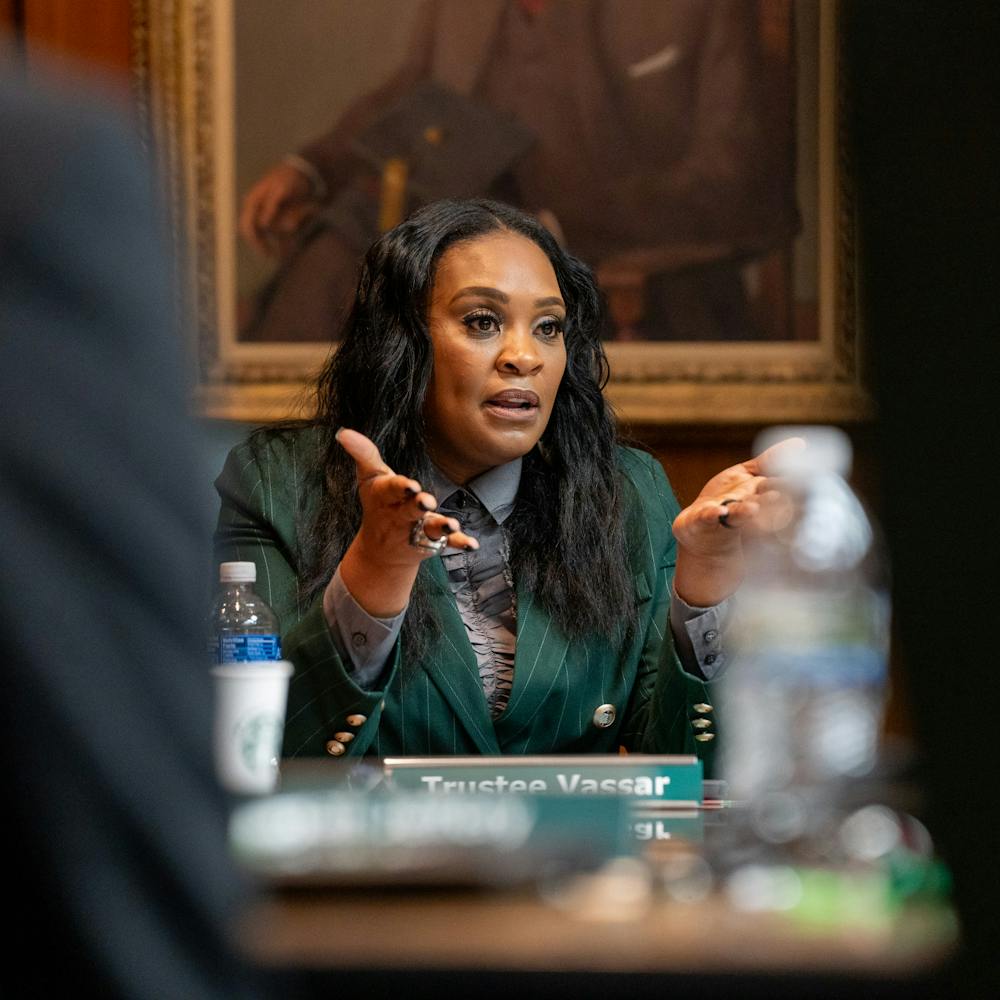As the presidential campaign season continues its anxious drive toward November 2008, I cannot help but think of some of the broken components of the system by which we elect presidents in the United States.
Many of these concerns are related to the events on and after Election Day, including inconsistent and questionable voting machines and systems, controversial requirements for voting and the Electoral College system. But as the nation’s two largest parties begin the process of narrowing their fields of candidates down to just one apiece, my attention is on the presidential debates.
More accurately, I should use the term “lack of debate” or as Ralph Nader has referred to them, “parallel interviews.” What is called a “debate” between the major candidates, who almost always represent only the two largest parties, is actually quite devoid of any debate, when debate is defined as discussion or argumentation.
In this early stage of the campaign, what has been advertised as a “debate” has often been more like an unbalanced series of questions and answers between one moderator and a handful of respondents. At times, the interactions have been as simple as the moderator asking respondents to raise their hand if they agreed with a statement, essentially moving the “debate” as far from discussion as possible.
While the idea of a debate where candidates respond to questions from “regular people” rather than the select journalists who usually provide the questions was refreshing, the recent YouTube.com debate between Democratic candidates failed to make a significant improvement from the traditional formula.
First, video questions were chosen by CNN, rather than through the democratic review and rating system already in place on YouTube, nullifying what could have been the most exciting aspect of the debate. The moderator directed questions unevenly across the candidates and failed to engage them in enough meaningful dialogue about the questions posed, too often allowing them to go off on their own predetermined talking points.
Despite its shortcomings, I hope the YouTube-CNN debate will spark further experimentation with the format, allowing more “regular people” to ask meaningful questions that spark real conversation between the candidates. But as the field narrows and eventually comes down to one candidate from each of the major parties, the Democratic and Republican duopoly will tighten its grip on the debate process in order to stifle out other voices and actual debate.
Since 1987, when the League of Women Voters ceased to sponsor and operate the presidential debates over frustration with the Democratic and Republican parties’ increasing demand for control, the two parties have administered the debates under the name of the Commission on Presidential Debates, or CPD.
To assure the Democratic and Republican politicians are the only voices citizens hear in debates, the CPD has set participation requirements that effectively ban third party and Independent candidates. Despite several prominent candidates who could have added diversity of viewpoints and ideas to the discussions, only one candidate who was not from either of the two largest parties, Ross Perot in 1992, has been included.
These conditions are not suitable for a functioning and healthy democracy, which requires citizens to hear a variety of voices and to elect those they most agree with. Despite public access to a wide variety of resources, the debates continue to draw large volumes of viewers and to significantly shape many people’s perceptions of the candidates.
In a nation where 120 million people voted in the last presidential election, more than 62 million tuned in to the first presidential debate in 2004 to learn about the candidates. With the popular vote difference, about 2 million votes, between the two candidates, it is fair to suggest a set of debates that involved a more diverse set of voices and a moderator who engaged candidates in meaningful argumentation could have significantly altered the election results.
Because the current system favors the most popular candidates from the two largest parties, it is primarily fringe Republicans and Democrats, and third party and Independent candidates who complain about the debate system or push for reforms. As we move deeper into the election season, who will advocate for real debate, better-educated voters and a healthier democracy?
_Ryan Dinkgrave is an MSU public relations graduate student and a State News columnist. Reach him at dinkgra2@msu.edu
Support student media!
Please consider donating to The State News and help fund the future of journalism.
Discussion
Share and discuss “Debate problems” on social media.






